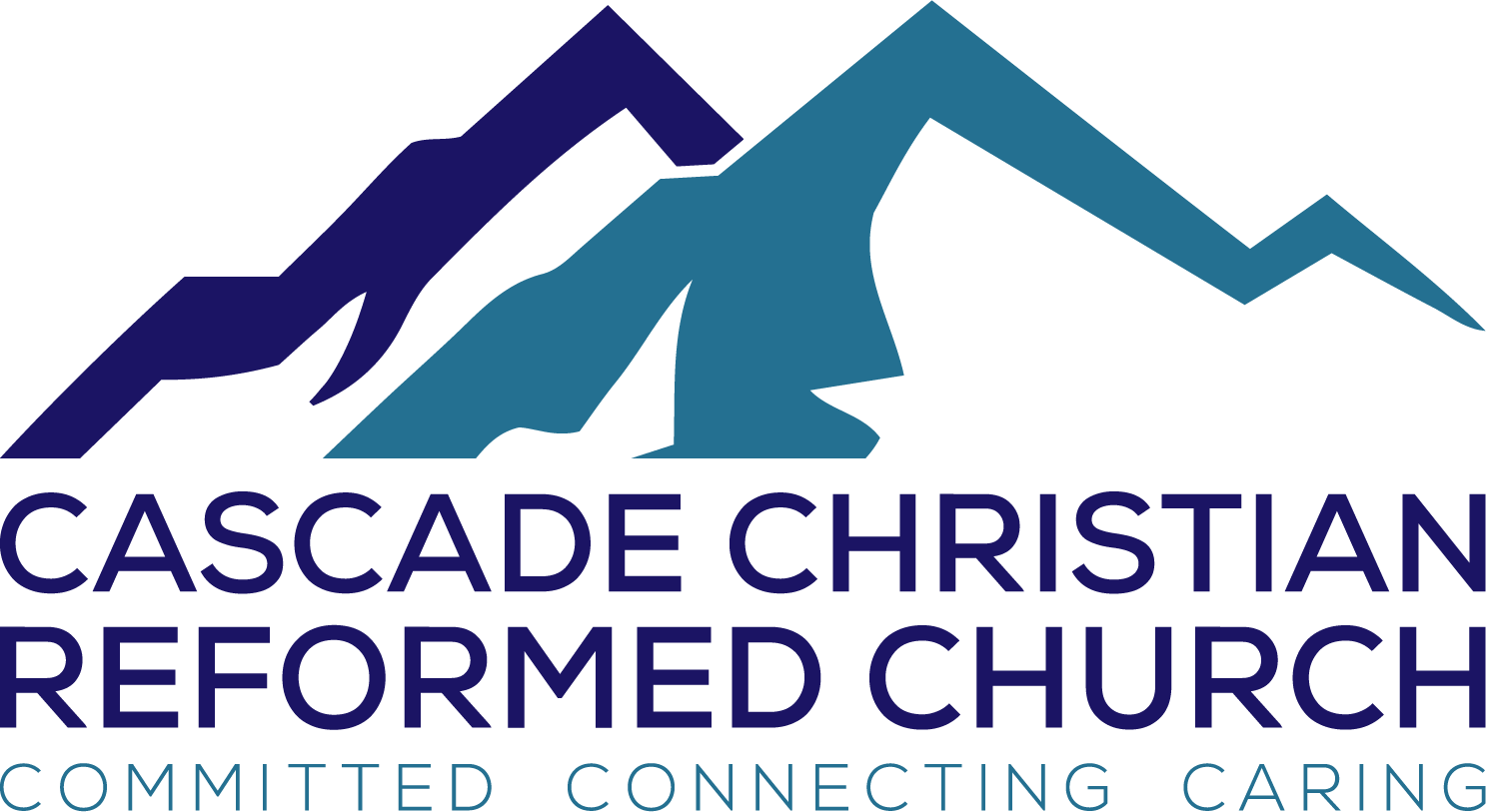Ash Wednesday: A Journey from Ancient Rituals to Modern Relevance
Dust. Ashes. Mortality. These words echo through centuries, carrying a weight that transcends time and tradition. Today, as many Christians mark their foreheads with the sign of the cross in ashes, we embark on a journey that stretches back to ancient rituals and forward to modern relevance.
Historical Roots
The practice of using ashes as a symbol of repentance and mourning has deep roots in both the Old and New Testaments. In the Old Testament, ashes were associated with sackcloth and fasting, outward expressions of inward humility and remorse. Job, repenting in dust and ashes, exemplifies this profound connection between physical acts and spiritual transformation (Job 42:6).
The early Church, drawing from these biblical precedents, began incorporating ashes into their Lenten observances. By the 11th century, the practice of marking the forehead with ashes on the first day of Lent became widespread. This marked the beginning of a 40-day period of introspection and preparation for Easter, mirroring Jesus' 40 days in the wilderness.
Theological Significance
While the act of receiving ashes might seem purely symbolic, its meaning runs deep within the Christian faith.
Mortality and Humility: Ashes serve as a stark reminder of our human frailty. "Remember that you are dust, and to dust you shall return" (Genesis 3:19) isn't just a somber phrase; it's a call to recognize our limitations and dependence on God. In a world obsessed with self-sufficiency, this message of humility is counter-cultural and profoundly liberating.
Repentance and Renewal: Ashes are a visible sign of repentance, a turning away from sin and towards God. They signify a willingness to acknowledge our brokenness and seek forgiveness. This act of repentance, while often associated with sorrow, ultimately leads to renewal and restoration. It's a recognition that we can't fix ourselves; we need God's grace to make us whole.
Preparation for Easter: Lent, initiated by Ash Wednesday, is a journey towards the cross and the empty tomb. It's a time to reflect on Christ's sacrifice, His suffering, and ultimately, His triumph over death. By focusing on these core truths, we prepare our hearts to celebrate Easter with a deeper understanding and appreciation.
Ash Wednesday in a Reformed Context
For Reformed believers, Ash Wednesday presents a unique opportunity to engage with both ancient traditions and modern relevance.
Sola Scriptura: While we value tradition, Scripture remains our ultimate authority. We approach Ash Wednesday with discernment, ensuring that the practice aligns with biblical principles. The focus isn't on the ritual itself, but on the inward transformation it represents.
Emphasis on Grace: Ash Wednesday doesn't negate the Reformed emphasis on grace. It's not about earning God's favor through outward acts. Rather, it's a tangible reminder of our need for grace, a grace freely given through Christ's sacrifice on the cross.
Spiritual Disciplines: Lent provides a dedicated time for spiritual disciplines like prayer, fasting, and Scripture reading. These practices, while not mandated for salvation, can foster spiritual growth and deepen our relationship with God.
A Modern-Day Call to Reflection
In today's fast-paced world, Ash Wednesday offers a counter-cultural invitation to slow down, reflect, and re-center our lives on God. It's a chance to step away from the noise and distractions and focus on the eternal truths that shape our faith.
Whether you choose to receive ashes or not, may this Ash Wednesday be a time of genuine introspection and renewal. May it be a reminder of our mortality, our need for repentance, and the immeasurable grace of God offered through Christ.
Moving Forward
As we journey through Lent, let's embrace the opportunities for spiritual growth and transformation. Let's engage with the history and theology of Ash Wednesday, seeking to deepen our understanding and appreciation of this ancient practice. And most importantly, let's allow the message of repentance and renewal to shape our lives, leading us closer to the joy and hope of Easter.
